Find out how you did!
Are you as smart as an air quality expert?
Check your answers to see how much you know about air pollutants and WRA’s work protecting air quality in the West!
1. If Western states adopted this recently approved California rule, it would significantly improve air quality by increasing the number of Electric Vehicles on the road and reducing the air pollution that new conventional vehicles can emit.
a. Advanced Clean Cars II
WRA is working to promote Advanced Clear Cars II, a policy that states could start adopting in 2022 to ensure the economic, environmental, and health benefits of EVs are available to consumers sooner rather than later.
Increasing the number of EVs being driven would have huge air quality benefits. While gasoline-powered vehicles spew emissions that lead to increased incidences of stroke, heart diseases, respiratory infections, lung cancer and premature death, EVs have zero tailpipe emissions. This air pollution hurts low-income individuals and communities of color the hardest, as discriminatory housing policies have put their homes near highways and industrial areas that have higher concentrations of these harmful emissions. The program also reduces smog-forming emissions from new internal combustion engine vehicles.
2. According to the American Lung Association’s 2021 State of the Air Report, what percentage of the population of the Interior West lives in areas where ozone is a significant risk to public health?
c. 60%
According to the American Lung Association’s report, a majority of people in the Interior West live with dangerous levels of ozone pollution, increasing their risk of premature death, cardiovascular and pulmonary disease, and decreased lung function. Most of these Westerners live in areas where high concentrations of ozone pollution mean that states must respond with plans to reduce air pollution sufficiently to bring the area into compliance with federal health-based standards. However, often these plans are not rigorous enough and residents continue to be exposed to unhealthy levels of ozone pollution,
That’s why WRA is working to challenge our local, state, and federally appointed and elected leaders to step up and do more to reduce emissions. We cannot afford delays in the measures and controls needed to improve air quality in Western communities. Learn more about our efforts in our recent podcast, “Climate Nexus Series: Clean Air and Clean Energy.”
3. This federal law allows the U.S. Environmental Protection Agency to designate airsheds in which levels of ozone violate national standards as “ozone nonattainment areas”:
b. The Clean Air Act
The Clean Air Act allows the EPA to designate ozone nonattainment areas. Generally, once the EPA designates one of these areas, the relevant state must develop and implement a plan that will reduce emissions enough to meet the standard as soon as possible. If the state misses the attainment deadline, the status of the nonattainment area is downgraded, and the state must make new plans that include increasingly rigorous mandates to further decrease ozone emissions.
An example of this process is currently playing out in Utah. Earlier this year, WRA supported a proposed decision by the ERA to downgrade Utah’s Northern Wasatch Front to the status of a moderate nonattainment area for regularly failing to meet the federal health-based standard for ozone pollution. If finalized, this new status would mean Utah would have to make an actionable plan to reduce the emissions that lead to high levels of ozone pollution.
4. During the 2022 legislative session, WRA worked to advocate for several bills to improve Colorado’s air quality. Which of the following bills passed this session in the state?
d. All of the above
WRA helped achieve several public health victories in Colorado in the 2022 session. We helped pass:
House Bill 22-1244, which will create a state-level air toxics program in Colorado.
Senate Bill 22-193, which will provide a historic infusion of funding for several different programs in the transportation and industrial sectors to reduce emissions and improve Colorado’s air quality.
Senate Bill 22-180, which will allocate $28 million to allow Coloradans free bus and train rides in August 2022 and 2023. This bill aims to encourage people to try transit and reduce air pollution from vehicles during high ozone season.
Particularly as climate change makes ozone pollution more difficult to address and noxious wildfire smoke more common, these efforts to improve air quality are critical to Coloradans’ ability to recreate, work, and just take a deep breath outside.
If you answered these questions correctly, congratulations! You are a WRA air quality expert!
Check out WRA’s recent newsletter to learn even more about our work protecting the West from air and water pollution.
To help ensure WRA can continue working to clean up our region’s air, make a gift right now!

